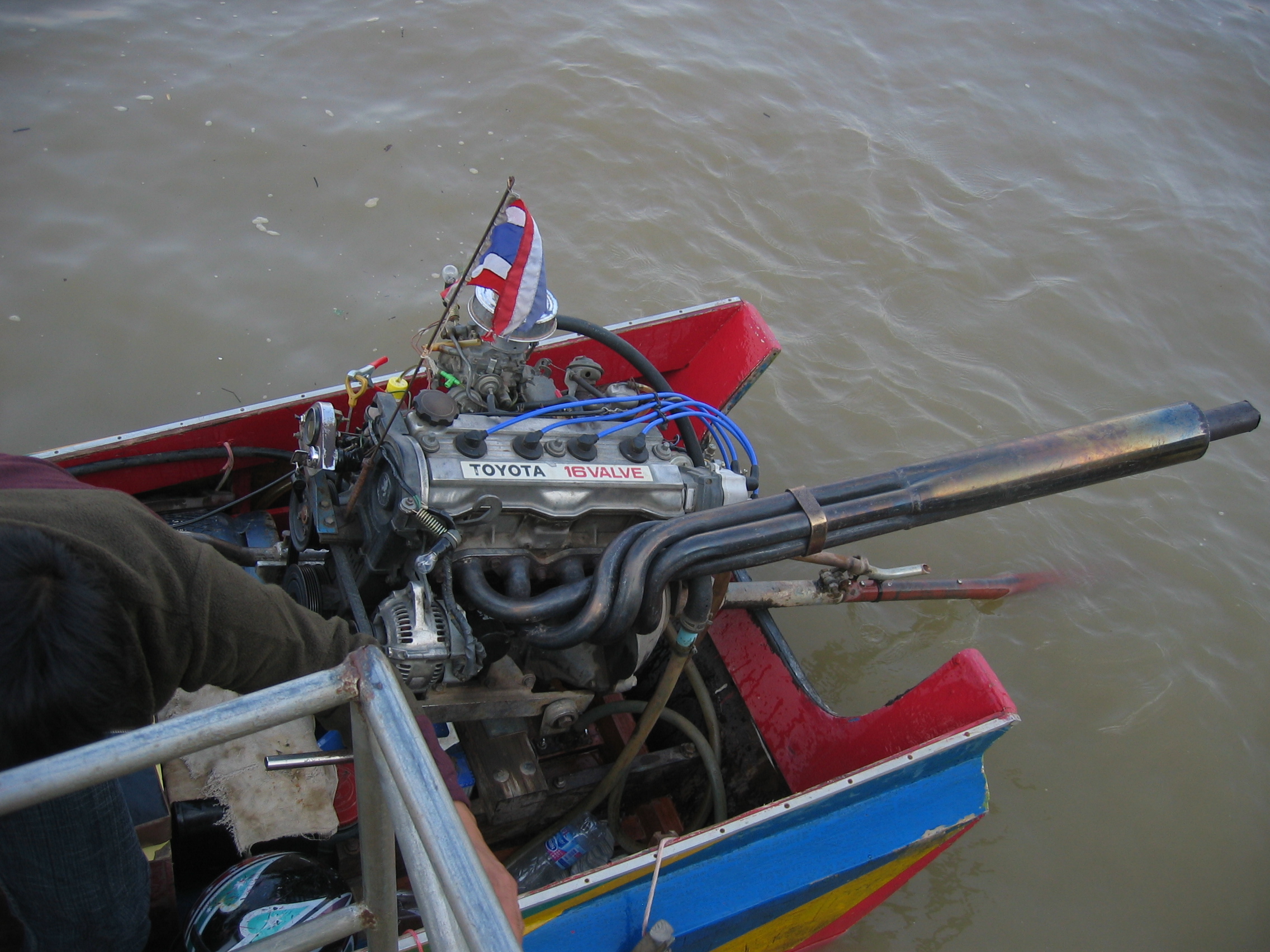The importance of installing backwater valves cannot be overstated, especially in areas prone to flooding or sewage backups. Backwater valves serve as a crucial line of defense against unwanted water or sewage entering your home’s plumbing system during heavy rainfall, flooding, or sewer system overflows. By installing a backwater valve, you effectively prevent water or sewage from flowing backward into your home’s drains and plumbing fixtures, protecting your property from costly damage and potential health hazards associated with contaminated water.
Why are Backwater Valves Important?
Backwater valves are crucial components for protecting your home from potential flooding disasters. These valves work by preventing sewage and wastewater from flowing back into your property during heavy rains or sewer system overloads.
By installing a backwater valve, you can significantly reduce the risk of water damage to your basement or lower levels of your home. This preventive measure can save you from costly repairs and insurance claims in the event of a sewer backup.
Ensuring that backflow is properly controlled with a reliable backwater valve gives you peace of mind knowing that your property is safeguarded against unexpected water intrusion. It’s an investment in the long-term protection and safety of your home and belongings.
Types of Backwater Valves and How They Work
Protecting your home from potential flooding, backwater valves play a crucial role. There are different types of backwater valves available, each designed to prevent sewage or stormwater from backing up into your property.
Check valve style backwater valves are the most common type used in residential settings. These valves operate using a flapper or gate that opens to allow flow out but closes to prevent water from flowing back in.
Gate valve style backwater valves use a hinged gate mechanism that automatically closes when water tries to flow backward, effectively blocking any unwanted entry.
Backflow prevention devices like pressure relief valves maintain proper pressure levels within your plumbing system, helping to avoid backups and flooding issues.
Benefits of Installing Backwater Valves
Prevent backflow with backwater valves installation in your home comes with a range of benefits that can help protect your property from potential flooding disasters.
- One key benefit is the prevention of sewage backup during heavy rainfall or flooding events. Backwater valves act as a barrier, stopping water and waste from flowing back into your home’s plumbing system.
- By installing backwater valves, you can also avoid costly repairs and damage caused by sewer backups. These devices provide peace of mind knowing that your basement or lower levels are safeguarded against unwanted water intrusion.
- Furthermore, backwater valves are relatively low maintenance once installed, making them a convenient solution for homeowners looking to enhance their property’s flood protection measures.
- Investing in backwater valves can offer long-term savings by preventing expensive cleanup and restoration efforts after a flooding incident occurs.
Factors to Consider When Choosing a Backwater Valve
When choosing a backwater valve for your home, there are several factors to consider to ensure you select the right one. Think about the type of valve that best suits your needs – whether it’s a gate valve or a check valve.
Consider the size and capacity of the valve based on your home’s plumbing system and potential water flow during heavy rainfall. Additionally, look for valves made from durable materials like PVC or stainless steel to ensure longevity and effectiveness.
It is also important to check if the backwater valve meets local building codes and regulations to avoid any issues in the future. Consider hiring a professional plumber for installation to guarantee proper fitting and functionality of the backwater valve in your home.
The Installation Process and Cost of Backwater Valves
Installing backwater valves in your home, the process is relatively straightforward. A professional plumber will assess your property and determine the best location for the valve. They will then dig a small pit outside your home to access the main sewer line.
The valve is installed in this pit and connected to the existing sewer line, allowing it to prevent sewage from backing up into your home during heavy rainfall or flooding. The cost of installing a backwater valve can vary depending on various factors such as the size of your property, accessibility to the sewer line, and local labor rates.
It’s essential to get quotes from different plumbing companies to compare costs and ensure you’re getting a fair price for the installation. Remember that while there is an upfront cost associated with installing a backwater valve, it can potentially save you thousands of dollars in flood damage repairs in the long run.
Maintaining and Caring for Your Backwater Valve
Once you’ve installed a backwater valve in your home, it’s essential to properly maintain and care for it to ensure its effectiveness. Regular maintenance is key to preventing any potential issues that may arise.
One important aspect of maintaining your backwater valve is to regularly inspect it for any signs of damage or blockages. Check the valve for debris buildup or any obstructions that could hinder its function.
It’s crucial to clean the backwater valve periodically to remove any accumulated dirt or debris. This will help ensure that the valve can operate smoothly and efficiently when needed.
In addition to cleaning, make sure to test the backwater valve periodically by pouring water into the floor drain and observing if it flows through the pipe correctly. This simple test can help you identify any potential problems before they escalate.
Conclusion:
Installing backwater valves is a crucial step in safeguarding your home from potential flooding caused by sewer backups. These simple yet effective devices can prevent costly damage and give you peace of mind during heavy rains or plumbing issues. By choosing the right type of backwater valve, considering installation factors, and regularly maintaining it, you can ensure that your property remains dry and safe.
Don’t wait until it’s too late – invest in a backwater valve installation today to protect your home from water damage and avoid the headaches associated with cleanup and repairs. Stay proactive in defending your property against unexpected disasters by taking this important step towards flood prevention. Remember, when it comes to protecting your home, an ounce of prevention is worth a pound of cure!
Apart from this, if you are interested to know more about Water Bottle then visit our Lifestyle category





